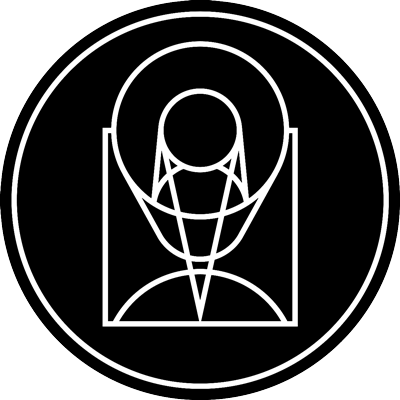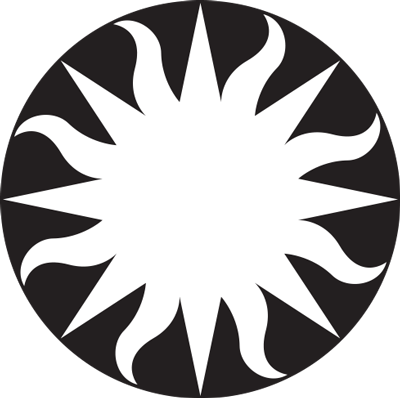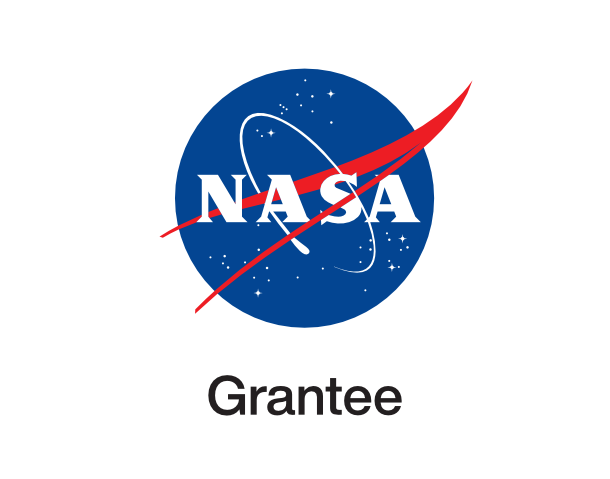Dynastic Vibes

noirlab_iotw2236a September 7th, 2022
Credit: CTIO/NOIRLab/NSF/AURA/T.A. Rector (University of Alaska Anchorage/NSF NOIRLab)Image processing: T.A. Rector (University of Alaska Anchorage/NSF NOIRLab), M. Zamani (NSF NOIRLab) & D. de Martin (NSF NOIRLab)
The SMARTS 0.9-meter Telescope at Cerro-Tololo International Observatory (CTIO), a Program of NSF NOIRLab, has captured an echo of the past in this gorgeous Image of the Week. RCW 86 is a literal shell of its former self, the gaseous remnant of a supernova. Some 11,000 years ago a white dwarf, itself the core of a former star, became too massive and spectacularly exploded in a Type Ia supernova. Shockwaves reverberated through space, pushing the gas outward, whereupon it formed the multi-layered “bubble” we see today. Besides being a spectacular stellar object, the remnant may have been created by the earliest recorded supernova, observed by Chinese astronomers in 185 AD in the same area between the constellations Circinus and Centaurus.
Provider: NOIRLab
Image Source: https://noirlab.edu/public/images/iotw2236a/
Curator: NSF's NOIRLab, Tucson, AZ, USA
Image Use Policy: Creative Commons Attribution 4.0 International License
 Color Mapping
Color Mapping
| Telescope | Spectral Band | Wavelength | |
|---|---|---|---|

|
SMARTS–GSU 0.9-meter Telescope (Tek2K) | Optical (G) | 475.0 nm |

|
SMARTS–GSU 0.9-meter Telescope (Tek2K) | Optical (R) | 626.0 nm |

|
SMARTS–GSU 0.9-meter Telescope (Tek2K) | Optical (I) | 773.0 nm |

|
SMARTS–GSU 0.9-meter Telescope (Tek2K) | Optical (OIII) | 502.0 nm |

|
SMARTS–GSU 0.9-meter Telescope (Tek2K) | Optical (H-alpha) | 656.0 nm |







- ID
- iotw2236a
- Subject Category
- Subject Name
- RCW 86
- Credits
- CTIO/NOIRLab/NSF/AURA/T.A. Rector (University of Alaska Anchorage/NSF NOIRLab)Image processing: T.A. Rector (University of Alaska Anchorage/NSF NOIRLab), M. Zamani (NSF NOIRLab) & D. de Martin (NSF NOIRLab)
- Release Date
- 2022-09-07T12:00:00
- Lightyears
- Redshift
- Reference Url
- https://noirlab.edu/public/images/iotw2236a/
- Type
- Observation
- Image Quality
- Distance Notes
- Facility
- SMARTS–GSU 0.9-meter Telescope, SMARTS–GSU 0.9-meter Telescope, SMARTS–GSU 0.9-meter Telescope, SMARTS–GSU 0.9-meter Telescope, SMARTS–GSU 0.9-meter Telescope
- Instrument
- Tek2K, Tek2K, Tek2K, Tek2K, Tek2K
- Color Assignment
- Blue, Green, Red, Cyan, Red
- Band
- Optical, Optical, Optical, Optical, Optical
- Bandpass
- G, R, I, OIII, H-alpha
- Central Wavelength
- 475, 626, 773, 502, 656
- Start Time
- Integration Time
- Dataset ID
- None, None, None, None, None
- Notes
- Coordinate Frame
- ICRS
- Equinox
- J2000
- Reference Value
- 220.08164612, -62.6624404291
- Reference Dimension
- 1723.0, 2041.0
- Reference Pixel
- 577.582206726, 1121.3793335
- Scale
- -0.000111560438484, 0.000111451927557
- Rotation
- 179.57442265075
- Coordinate System Projection:
- TAN
- Quality
- Full
- FITS Header
- Notes
- Creator (Curator)
- NSF's NOIRLab
- URL
- https://noirlab.edu
- Name
- Telephone
- Address
- 950 North Cherry Ave.
- City
- Tucson
- State/Province
- AZ
- Postal Code
- 85719
- Country
- USA
- Rights
- Creative Commons Attribution 4.0 International License
- Publisher
- NSF's NOIRLab
- Publisher ID
- noirlab
- Resource ID
- iotw2236a
- Resource URL
- http://noirlab.edu/public/media/archives/images/original/iotw2236a.tif
- Related Resources
- Metadata Date
- 2024-12-09T13:12:29.413723
- Metadata Version
- 1.1
Detailed color mapping information coming soon...






